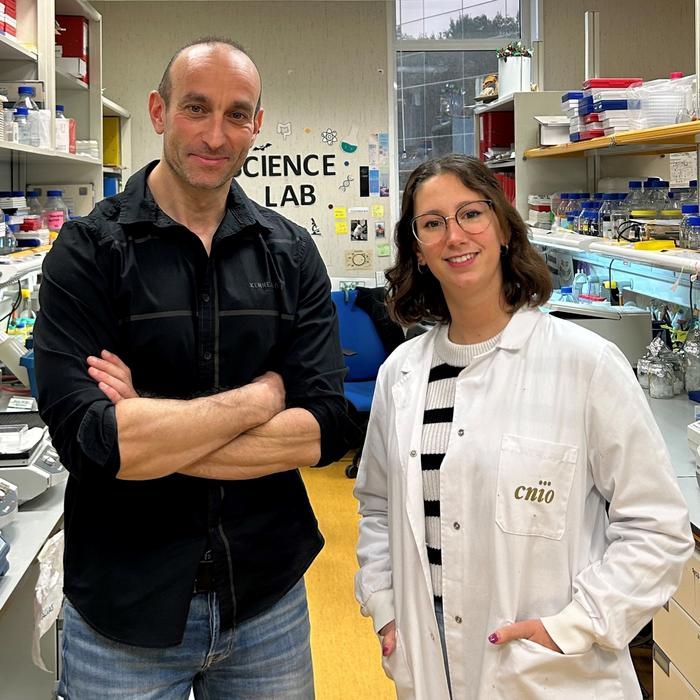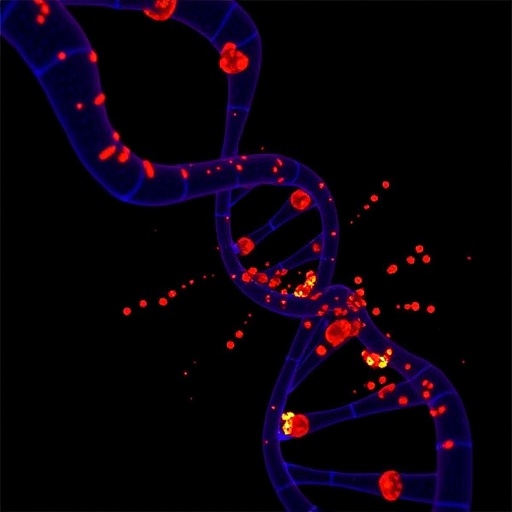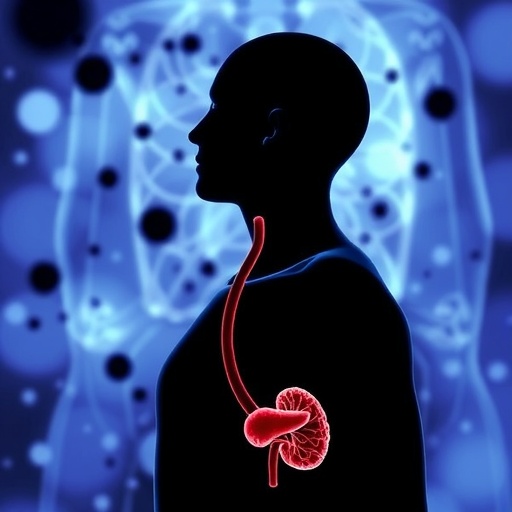
Researchers at the National Cancer Research Centre (CNIO) have unveiled a groundbreaking discovery concerning liver regeneration mechanisms in mice, as reported in the prestigious journal Nature. This crucial research highlights a previously unidentified mechanism triggered within minutes following acute liver damage, revolving around the amino acid glutamate. Such discoveries pave the way for innovative treatment protocols for those suffering from severe liver injuries, potentially integrating a dietary approach focused on increasing glutamate levels.
The importance of liver regeneration cannot be understated, as the liver plays an essential role in metabolic processes and detoxification. It possesses a remarkable capacity to regrow damaged tissue, a feature that is indispensable for recovery from liver ailments. However, this regenerative ability is often compromised in chronic conditions such as cirrhosis, where liver function wanes, subsequently leading to the accumulation of toxic substances in the body.
As liver diseases continue to rise due to unhealthy lifestyle choices and dietary habits, the urgency to activate liver regeneration has become paramount. The findings from CNIO signal a potential paradigm shift in the way liver damage could be treated in the future. Glutamate, often recognized for its role in neurotransmission in the brain, surprisingly demonstrates a significant impact on liver regeneration by facilitating cellular communication between the liver and the immune system.
The designed experimental studies employed rigorous methodologies that involved animal models to elucidate this mechanism. During acute liver injury, marked cellular responses were observed; hepatocytes, the liver’s primary cell type, rapidly upregulate glutamate production. This surge of glutamate proceeds to circulate through the bloodstream, culminating in its delivery to the bone marrow, where it exerts profound influences on monocytes—precursors of macrophages.
These activated immune cells then migrate back to the liver, where they undergo a transformation into macrophages. The study indicates that the presence of glutamate not only reprograms the metabolic pathways of these macrophages, but also prompts them to release specific growth factors necessary for hepatocyte proliferation. This process creates a positive feedback loop, wherein liver cells enhance their own regeneration through the strategic involvement of immune responses.
A critical aspect of this research delineates the roles of various hepatocyte populations, particularly focusing on those expressing the enzyme glutamine synthetase, which regulates local glutamate levels. It was revealed that inhibiting glutamine synthetase correlates with elevated systemic glutamate levels, thereby accelerating the liver’s regenerative response following injury. This intricate interplay between cellular biochemistry and systemic immune function illustrates the multifaceted approach that the liver utilizes to recover from damage.
The implications of these findings extend far beyond theoretical frameworks; practical applications in clinical settings loom on the horizon. As the potential for glutamate supplementation emerges, those recovering from surgical interventions like hepatectomy, or those grappling with chronic liver damage conditions, may find viable dietary modifications beneficial. The authors assert that nutritional interventions could significantly enhance recovery outcomes, shedding light on the necessity of integrating dietary science into liver disease management protocols.
Highlighting the criticality of further exploration, the study advocates for additional research into glutamate supplementation in human trials. The hopes are that such dietary enhancements could aid in the recovery of individuals post-liver resection for tumor removal, embarking on a new pathway in liver health management. The innovative use of nutritional strategies in medical treatment certainly has the potential to revolutionize standard care practices in hepatology.
In conclusion, as liver diseases burgeon globally, understanding the molecular intricacies of liver regeneration becomes a priority. The connection established between glutamate metabolism and liver regeneration showcases how a simple dietary amino acid may wield significant influence over complex biological processes. Through cornerstones of basic research, such explorations hold promise to alter clinical practices and improve patient outcomes holistically.
This groundbreaking research, which marries fundamental science with practical medicine, encourages a re-evaluation of dietary considerations in the treatment of liver diseases, reinforcing the adage that food not only nourishes the body but also fuels recovery and regeneration.
As these findings circulate, they may serve to inspire new conversations around liver health, dietary practices, and the evolving landscape of therapeutic strategies within the realm of liver-related medical conditions. The potential for dietary glutamate to harness biological pathways offers a glimmer of hope in a field fraught with chronic health crises, empowering both physicians and patients in their quest for recovery.
Subject of Research: Liver regeneration
Article Title: Macrophages harness hepatocyte glutamate to boost liver regeneration
News Publication Date: 26-Mar-2025
Web References: Nature Article
References: DOI: 10.1038/s41586-025-08778-6
Image Credits: Credit: CNIO
Keywords: Liver regeneration, glutamate, liver damage, hepatocytes, macrophages, dietary supplements, hepatectomy, immune system coordination.
Tags: acute liver damage responseamino acids and organ regenerationchronic liver disease treatmentscirrhosis and liver functiondetoxification and liver healthdietary approaches for liver healthglutamate role in liver recoveryinnovative treatments for liver injuriesliver damage recovery strategiesliver regeneration mechanismsmetabolic processes in liverNational Cancer Research Centre findings





